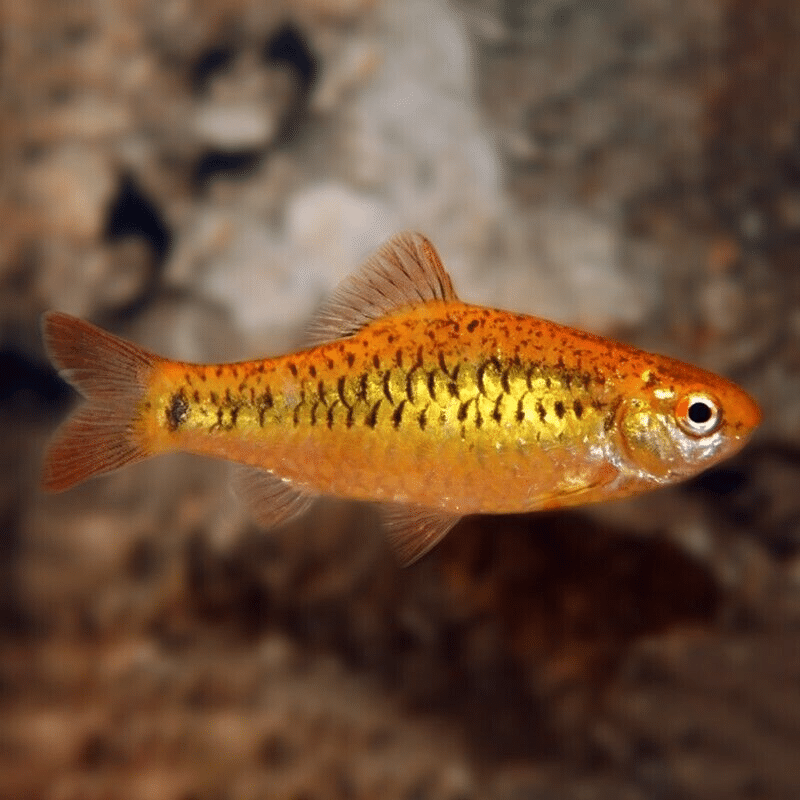To provide the best experiences, we use technologies like cookies to store and/or access device information. Consenting to these technologies will allow us to process data such as browsing behaviour or unique IDs on this site. Not consenting or withdrawing consent, may adversely affect certain features and functions.
The technical storage or access is strictly necessary for the legitimate purpose of enabling the use of a specific service explicitly requested by the subscriber or user, or for the sole purpose of carrying out the transmission of a communication over an electronic communications network.
The technical storage or access is necessary for the legitimate purpose of storing preferences that are not requested by the subscriber or user.
The technical storage or access that is used exclusively for statistical purposes.
The technical storage or access that is used exclusively for anonymous statistical purposes. Without a subpoena, voluntary compliance on the part of your Internet Service Provider, or additional records from a third party, information stored or retrieved for this purpose alone cannot usually be used to identify you.
The technical storage or access is required to create user profiles to send advertising, or to track the user on a website or across several websites for similar marketing purposes.
















Emily Carter (verified owner) –
I recently added 5 Golden Barbs (Barbodes semifasciolatus) to my 55-gallon freshwater tank, and I couldn’t be happier! These little beauties are incredibly lively and add such a vibrant touch to my aquarium. From the moment I introduced them, they quickly adapted and began exploring their new home. It’s been about two months now, and their colors have only intensified!
What I love most is how social they are; they swim together in small schools, which really brings a sense of activity to the tank. Compared to other barbs I’ve kept, these Golden Barbs are much more peaceful and less nippy, making them perfect for a community aquarium.
One minor concern is that they do require some swimming space, so I’d recommend keeping them in at least a 20-gallon tank with plants and hiding spots to keep them happy. If you’re considering adding some tropical fish to your aquarium, I highly recommend these little guys. They’ve certainly brought joy to my aquatic family, and they’re easy to care for. Overall, they’re a fantastic choice for both novice and experienced aquarists!
Emily Carter (verified owner) –
As a caring fish parent, I couldn’t be happier with my recent purchase of 5 X Golden Barbs – Barbodes Semifasciolatu! These little beauties have instantly transformed my aquarium into a vibrant underwater paradise. After just two weeks of integration, they’ve settled in beautifully, displaying their stunning colors and playful behavior. I love how easy they are to care for, making them perfect for both beginners and seasoned aquarists like myself. Compared to other fish I’ve kept, these barbs are much more sociable and interactive, often schooling together and bringing a lively feel to the tank. The only minor concern I had was ensuring they had enough space to swim freely, but with a 20-gallon tank, they have plenty of room. If you’re looking to enhance your aquarium setup with friendly, easy-care tropical fish, I wholeheartedly recommend these Golden Barbs. They truly bring joy to my home and are a great addition for anyone looking to boost their aquatic community!